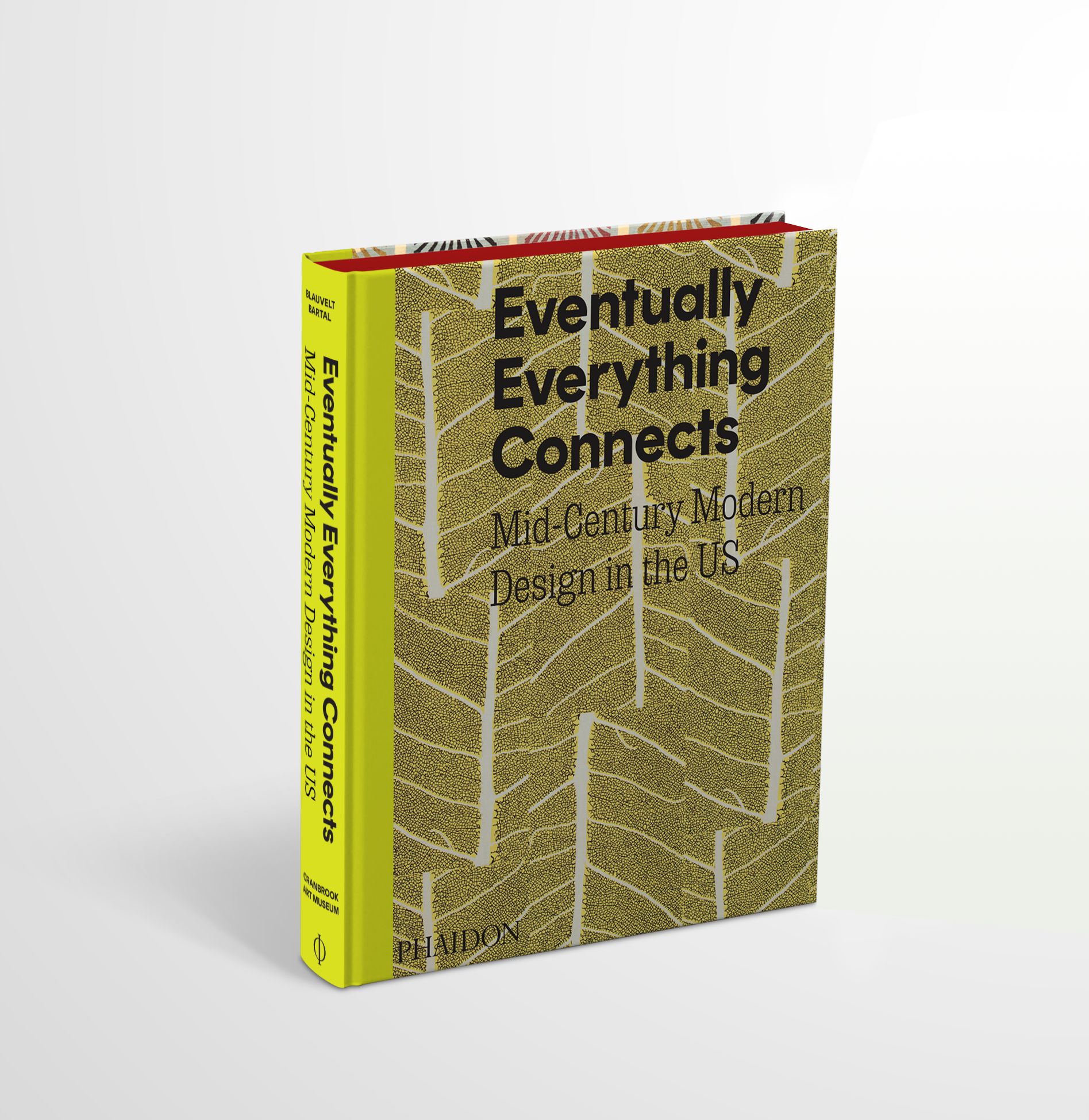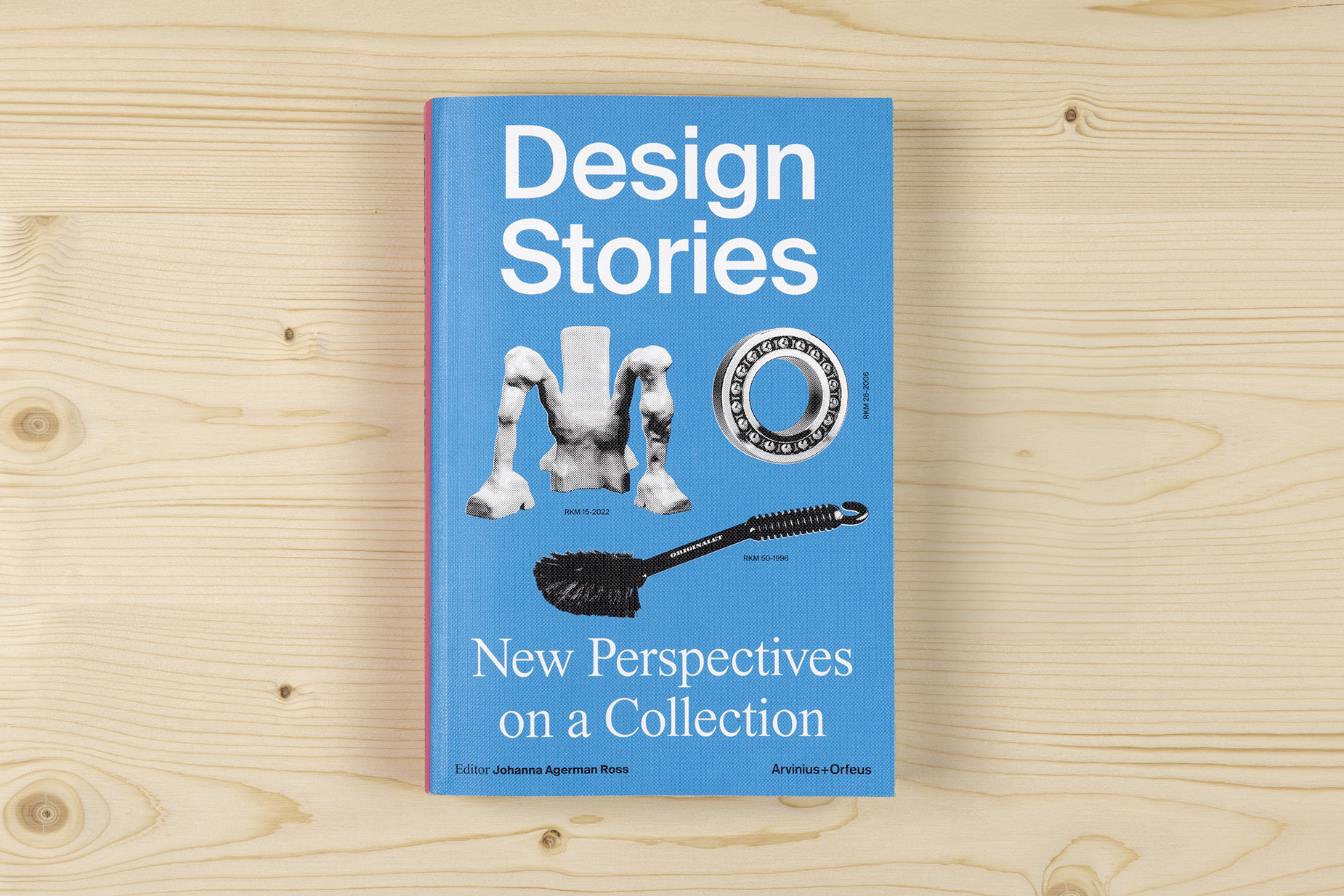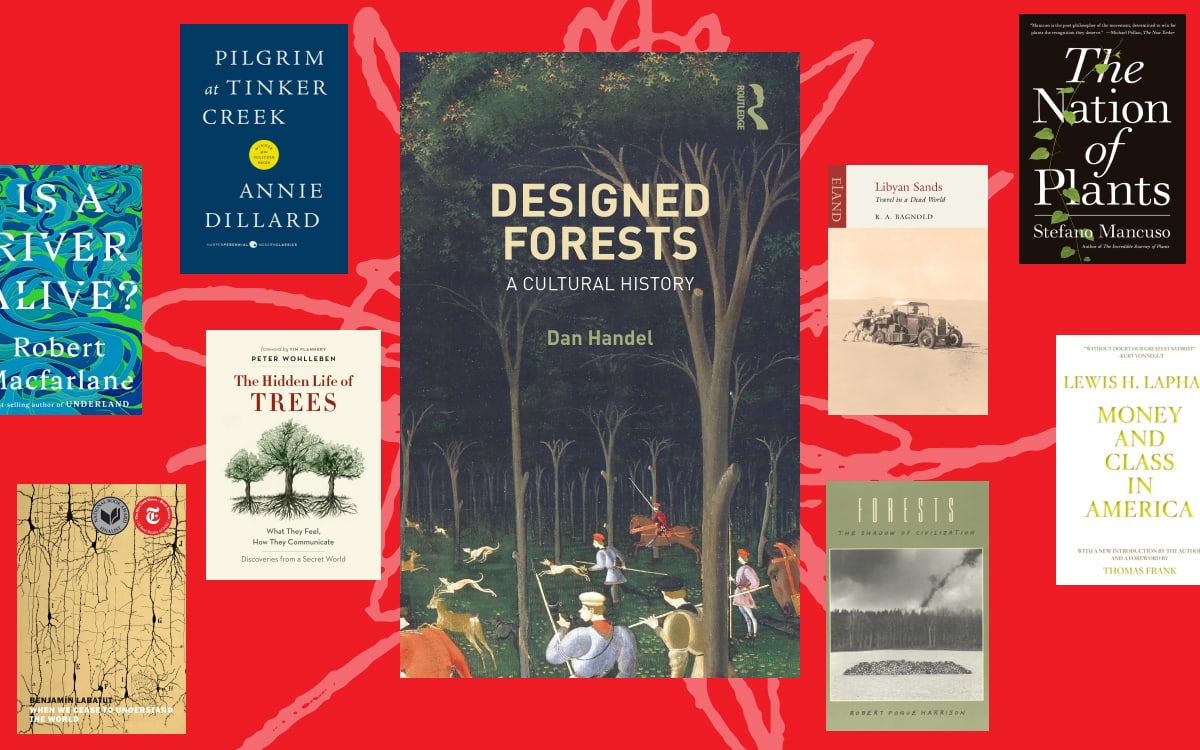This summer, the Cranbrook Art Museum is staging Eventually Everything Connects: Mid-Century Modern Design in the US. Curated by Andrew Satake Blauvelt (episode 97) and Bridget Bartal, the exhibition contains some 200 works by nearly 100 artists, architects, and designers. But this is more than simply a restaging of the design work of this era we are all familiar with it — the Eameses, George Nelson, the Eero Saarinen. They are in there, of course, but more importantly, this show is an expansion of what we think of when we hear mid-century modernism and includes the important and often-overlooked contributions from women, LGBTQ+ individuals, and designers of color.
This critical look at history, I think, is central to all of Blauvelt’s work, whether it’s his recent exhibition on the history of the Cranbook Academy of Art or the series in Visible Language that he edited in the 90s rethinking the design canon. Much of his work is about expanding who get included and how we think about design history. I caught up with Andrew ahead of the opening of the exhibition to hear about his curatorial process and how this show fits into his larger critical project.
Tell me about the origins of Eventually Everything Connects. Why this exhibition and why now?
Several years ago, I was interested in organizing an exhibition on Florence Knoll. She studied at Kingswood School and at the Academy and wanted to pursue a career in architecture, so there was an obvious connection to Cranbrook. Despite studying and apprenticing with top architects, that career path didn’t materialize. But another opened up, and she excelled in making one of the most iconic modern design companies in the world. However, despite being so talented and well-connected she ended up experiencing exclusion. There must be others who experienced similar obstacles or overcame them. What were their stories? That idea morphed into a more expansive examination of the period.
Also, it seemed like an ideal time to revisit the idea of mid-century modernism, as it appears everywhere now. It might be the most widely known of design styles at this point. It’s part of the vernacular now. What can be said about it at this point? That was the challenge.
It was also a great opportunity to expand and diversify our own collection and history since Cranbrook is known as the “cradle of mid-century modernism,” with a legacy that includes the Eameses, Harry Bertoia, Florence Knoll, Eero Saarinen, and many more.
This story is exclusive to Substack subscribers.
Already a supporter? Click here to read the entire story.




